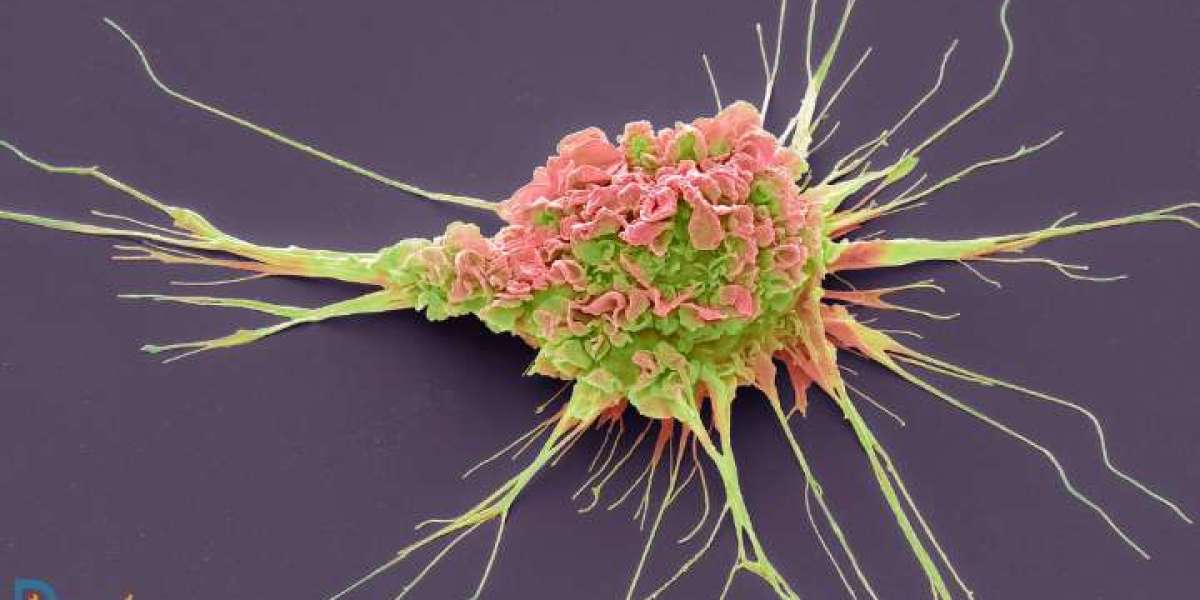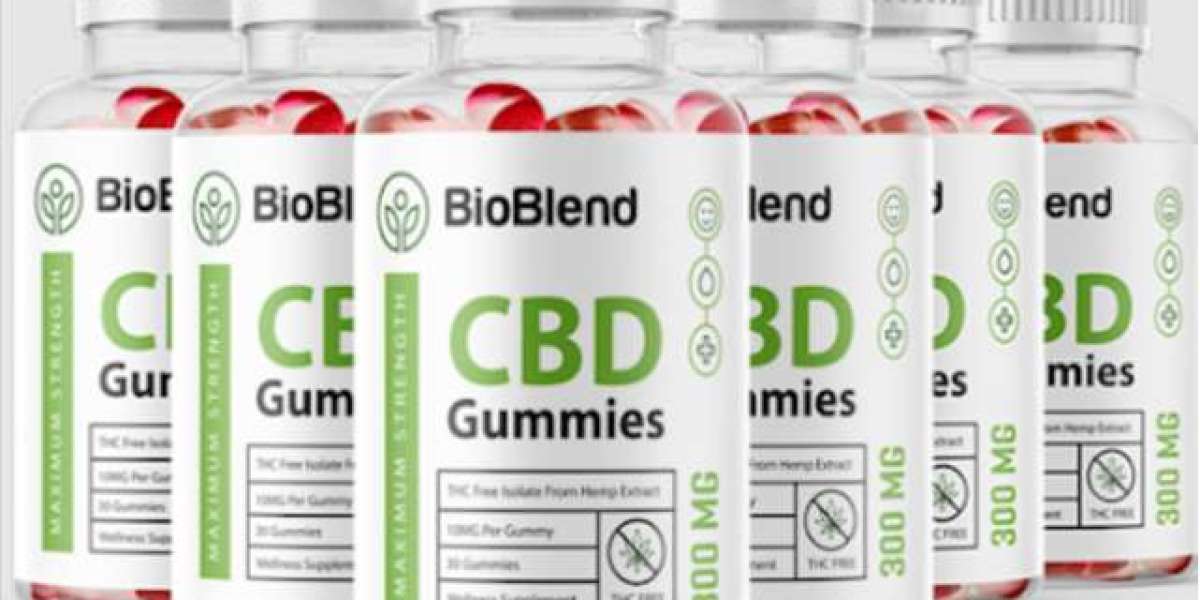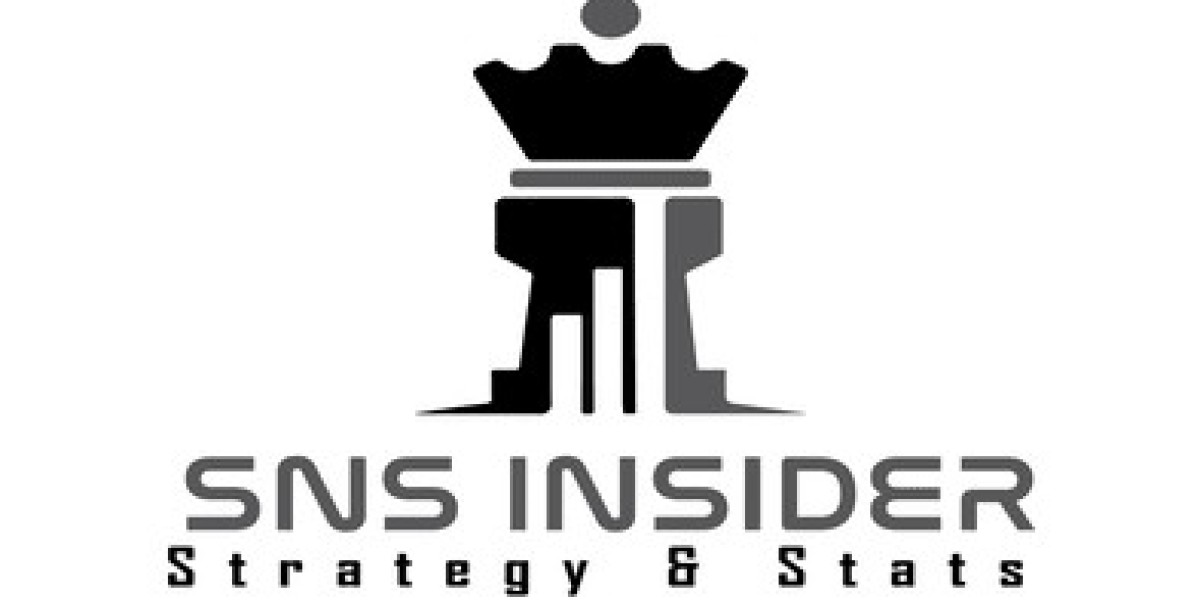Current Treatment Landscape
The conventional approach to HR-positive/HER2-negative breast cancer involves endocrine therapies that block the hormone receptor pathways to slow tumor growth. Common treatments include:
Tamoxifen: A selective estrogen receptor modulator (SERM) used for both early-stage and metastatic breast cancer.
Aromatase Inhibitors: Drugs like anastrozole, letrozole, and exemestane, which are used to reduce estrogen levels in postmenopausal women.
Fulvestrant: A selective estrogen receptor degrader (SERD), which is often used in cases where the cancer progresses despite other hormonal therapies.
While these treatments have been effective, a significant number of patients experience disease progression, necessitating the development of novel therapeutics to address unmet needs.
Emerging Therapies Shaping the Future
Several new classes of drugs and combinations are showing promise in clinical trials and have the potential to significantly impact the HR-positive/HER2-negative breast cancer market.
1. CDK4/6 Inhibitors
Examples: Palbociclib, Ribociclib, Abemaciclib.
Impact: These inhibitors block cyclin-dependent kinases 4 and 6, which are involved in cell division. When combined with endocrine therapy, CDK4/6 inhibitors have demonstrated improved progression-free survival in patients with advanced HR-positive/HER2-negative breast cancer. Their success has revolutionized the treatment approach, making them a standard option for metastatic cases.
2. PI3K Inhibitors
Example: Alpelisib.
Impact: Specifically targeting tumors with PIK3CA mutations, this class of drugs blocks the PI3K pathway, a key driver of cancer growth and resistance to hormonal therapy. This targeted therapy has shown benefits for patients with PIK3CA-mutated, HR-positive/HER2-negative breast cancer, offering a new line of treatment for those who previously had limited options.
3. SERDs (Selective Estrogen Receptor Degraders)
Example: Elacestrant.
Impact: New SERDs, like elacestrant, are emerging as promising alternatives to fulvestrant. These drugs aim to degrade estrogen receptors more effectively, preventing the tumor from using estrogen to grow. This approach is particularly valuable for patients whose cancer has become resistant to other forms of endocrine therapy.
4. mTOR Inhibitors
Example: Everolimus.
Impact: This class of drugs inhibits the mTOR pathway, which is involved in cell growth and survival. Everolimus, when used in combination with endocrine therapy, has been shown to extend progression-free survival in patients with HR-positive/HER2-negative breast cancer, especially in those with resistance to prior hormonal treatments.
5. Antibody-drug conjugates (ADCs)
Impact: ADCs are being explored in HR-positive/HER2-negative breast cancer, offering targeted delivery of cytotoxic agents directly to cancer cells while minimizing damage to healthy tissue. Though more prevalent in HER2-positive cases, their development for HR-positive tumors is underway and holds potential for future applications.
6. Immunotherapy
Impact: While immunotherapy has made strides in other cancer types, its role in HR-positive/HER2-negative breast cancer is still being explored. However, combinations of immune checkpoint inhibitors with existing therapies are being tested in clinical trials, and early results suggest potential for improving outcomes in certain patient subsets.
Market Dynamics and Growth Drivers
The HR-positive/HER2-negative breast cancer market is expected to experience robust growth due to several key factors:
Rising Incidence of Breast Cancer: With an increasing global incidence of breast cancer, particularly among aging populations, the demand for effective treatments is growing. HR-positive/HER2-negative breast cancer constitutes the majority of cases, making it a focal point for research and development.
Increased Adoption of CDK4/6 Inhibitors: The widespread adoption of CDK4/6 inhibitors has been a game-changer in the management of advanced HR-positive/HER2-negative breast cancer. As these drugs become more accessible, their contribution to market expansion is undeniable.
Precision Medicine and Targeted Therapies: With advancements in genetic profiling and personalized medicine, therapies targeting specific mutations (such as PIK3CA) are expected to drive market growth. These therapies offer more effective treatment options for patients whose tumors harbor particular genetic alterations.
Pipeline of Novel Therapies: The robust pipeline of emerging therapies, including next-generation SERDs, PI3K inhibitors, and mTOR inhibitors, is expected to fuel the market in the coming years. Positive trial results from these drugs will likely result in increased regulatory approvals and market adoption.
Challenges Facing the Market
Despite the promising future, several challenges could impede market growth:
Drug Resistance: The development of resistance to endocrine therapies remains a major hurdle. While new drugs are designed to address this issue, ongoing research is needed to fully understand and overcome resistance mechanisms.
Cost and Accessibility: The high cost of innovative therapies, including CDK4/6 inhibitors and PI3K inhibitors, may limit access for patients in low-income regions, particularly in developing countries where breast cancer is on the rise.
Regulatory Hurdles: Stringent regulatory requirements and the complexity of clinical trials for breast cancer therapies can delay the introduction of new treatments, potentially impacting the market growth timeline.
Market Outlook and Forecast
The global HR-positive/HER2-negative breast cancer market is projected to grow significantly over the next decade. As emerging therapies move through clinical trials and gain regulatory approval, they will create a more diversified and effective treatment landscape. By 2034, the market is expected to witness substantial growth, driven by:
New Drug Approvals: The approval of novel therapies, particularly those targeting drug resistance and genetic mutations, will expand the treatment options available to patients.
Expanding Use of Combination Therapies: Combining emerging drugs with existing hormonal therapies will likely become a standard approach, enhancing treatment efficacy and patient outcomes.
Geographic Expansion: Increased awareness, screening programs, and access to advanced therapies in developing markets will contribute to global market growth.
Conclusion
The HR-positive/HER2-negative breast cancer market is on the cusp of transformative changes. Emerging therapies that target specific molecular pathways and combat resistance are poised to revolutionize treatment, offering new hope to patients who previously had limited options. With continued advancements in research and personalized medicine, the future of HR-positive/HER2-negative breast cancer treatment looks promising, and the market is expected to experience sustained growth through 2034.
Latest Reports
Head And Neck Squamous Cell Carcinoma Market | Radioligand Therapies Market | Surgical Site Infections Market | Wound Closure Devices Market | Biliary Atresia Market | Binge Eating Disorder Market | Bladder Cancer Market | Capnography Device Market | Cardiac Biomarkers Testing Devices Market | Central Venous Catheters Market | Epilepsy Market | Gaucher Disease Market | Generalized Pustular Psoriasis Market | Healthcare Due Diligence Services | Hemodynamic Monitoring Systems Market | Implantable Infusion Pumps Market | Neuromodulation Devices Market | Neurostimulation Devices Market | Neurotrophic Keratitis Market | Post Traumatic Stress Disorder Market | Post-bariatric Hypoglycemia Market | Absssi Market | Acute Gout Flare Market | Adrenoleukodystrophy Market | Adult Myopia Market | Alopecia Areata Market | Alpha-mannosidosis Market | Androgenetic Alopecia Market | Anemia In Ckd Market | Anterior Cruciate Ligament Injuries Market | Artificial Lung Devices Market | Automated External Defibrillators Market | Biochips Market | Cardiac Amyloidosis Market | Carpal Tunnel Syndrome Market | Centronuclear Myopathy Market | Chronic Rhinosinustis Market








